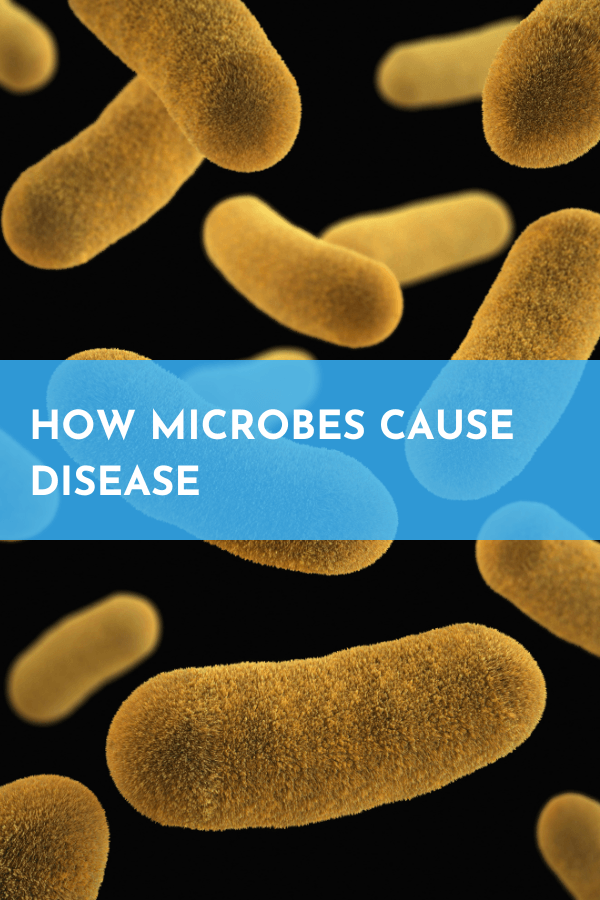Microbes, the invisible inhabitants of our world, have a profound impact on our lives, sometimes in ways we might not even realize.
While many microbes are harmless, some have the ability to cause diseases that can range from mild discomfort to life-threatening conditions.
Microbes such as viruses, bacteria, and fungi have both pathogenic ones and non-pathogenic ones. The pathogenic ones are those that cause diseases.
The disease caused can either be deadly or not and this is a result of many factors which include the process of how they cause diseases.
In this post, you will see how microbes cause disease.
Microbes and humans share a close connection

According to NCBI, microbes are found in virtually all parts of humans because our bodies contain more bacterial cells than human cells. This includes our skin, gut, and mucous membranes.
This alone has given microbes close proximity to humans in causing diseases once the other factors like suppressed immune system align.
Routes of transmission: How microbes cause disease
As I previously said, microbes are found in all parts of the human body. However, most of these microbes are non-infective and have adapted to these parts of the body.
But foreign microbes from the atmosphere, other people, and other sources must gain entrance into the body for diseases to happen.
These different routes of entry are usually divided into four;
- The respiratory tract – mouth and nose
- Gastrointestinal tract – mouth oral cavity
- Urogenital tract
- Breaks in the skin surface
Disease-causing stages of microbes
The process by which microbes cause diseases is in different stages. These stages are usually after the microbes have been introduced into the body through the different routes of transmission.
Stage 1: Focus on infection
After the microbe (a virus, bacteria, or fungi) has gained access to the body, the microbe must establish a focus of infection. That is, it must reach its target site in the body – the liver.
Stage 2: Microbes must adhere
This usually involves adhering to a tissue, organ, or cell so that it cannot be removed. If adherence is not possible, the disease cannot occur.
Although a little damage might occur it cannot lead to disease.
Stage 3: Rapid multiplication
Once the microbe attaches to a target site and its firm, it needs to multiply to have many duplicates of itself.
This is so important because the more it multiplies, the severity of the disease it’s causing. This is important because there’s power in numbers, and a two-fold cord is not easily broken.
Stage 4: Nutrients for survival
This stage is also very crucial for microbes. Just like every other living thing, the availability of nutrients is a prerequisite for their existence.
Microbes need minerals, carbon, and other substances as nutrients for their survival. Hence as long as they are getting it, they will continue to live, multiply, and migrate to cause diseases.
Stage 5: Self-protection
This is the last stage a microbe needs to pass through to successfully cause a disease. At this point, the microbe needs to develop tactics and strategies to avoid and survive attacks by the host’s immune system.
Once it does this successfully, it will establish a disease and you’d begin to have signs and symptoms.
And this will continue if the body is not treated with the required drug.
Conclusion
There you have it. Once you memorize these five stages in their order, you’ll always remember how microbes cause diseases.
